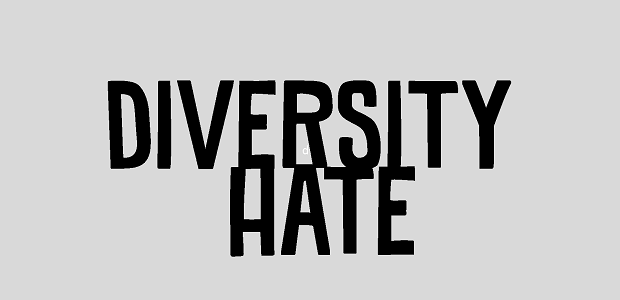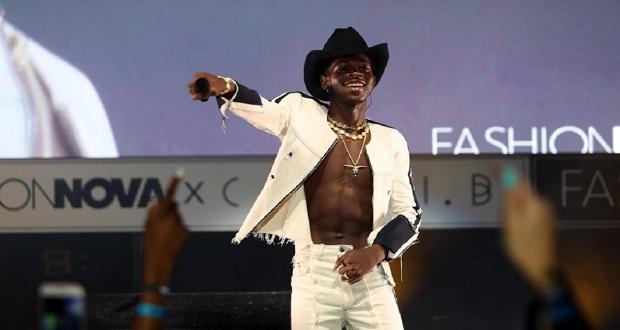
Intersectionality has become a buzz word in the diversity, equity, and inclusion space. While the theory (coined in 1989 by Dr. Kimberle Crenshaw) has been used in the academic and social justice context for some time, it has gained more traction in corporate diversity and inclusion practice. Organizations like Twitter have been intentional in using intersectionality as part of their common language around diversity, affirming the need to create space for and see employees as their ‘whole selves.’ There have been studies that create the case for organizations to replace traditional diversity & inclusion efforts that subscribe to a “check one box,” monolithic approach to difference and identity, with strategies that take into account the complex nature of our intersections.
But what does that even mean? How do we leverage an intersectional approach to make equity ‘real’?
In a previous post, we defined Intersectionality as the acknowledgement that our social identities overlap and intersect and form new, more specific identities with new implications. The individual identity groups we belong to – race, class, gender, sexuality, nationality, etc. – do not exist in a vacuum, and they cannot be compartmentalized. Intersectionality acknowledges that a person can simultaneously belong to multiple historically marginalized groups.
What does Intersectionality ‘look like’ in practice? Consider this approach to data analysis:
One of the biggest challenges to developing intersectional, equitable solutions is not having the quantitative insight. For the most part, our level of inquiry into diversity and inclusion areas of opportunity have traditionally been one-dimensional. For example, many of our clients solicit demographic data when conducting focus groups or engagement data, but more often than not, the demographic questions do not take into account the intersections of identity. So, whereas we may be able to analyze the experiences of men or women, or people of color, we miss the opportunity to understand the experiences of women of color, men who may also have a disability, Latina millennial women, Asian male leaders…all critical intersections that inform the workplace experience.
We are currently working with a non-profit, social services agency that is just beginning its diversity and inclusion journey. One of the first points of our engagement was an organizational audit—we conducted focus groups, administered a climate survey, and leveraged the Intercultural Development Inventory to gauge the organization’s level of cultural competence. For each of these we took into account the various points of intersection that could likely influence the employee experience—race, gender, age, exempt-status, and tenure with the organization.
While it might seem intuitive, this level of inquiry requires intentionality and is requisite to beginning to identify equitable solutions. In this engagement, there was an anecdotal assumption that the organization had made significant strides in gender equity—most of the staff and leadership are women. However, we found the experiences of Black and Latina women were significantly different than that of white women. We were able to identify differences (that make a difference) in what attracted employees to their work and aspects of the culture that have made them consider leaving.
What’s next?
We continue to be intersectional in our approach, actively centering the experiences of those employees who have typically been at the margins of diversity and inclusion efforts. We continue to tailor solutions that consider the complexity of the ‘whole self.’ In this engagement, we’re exploring how leadership development can be used as a tool to create a more equitable culture, taking into account the unique needs of the employees who have been most impacted.
How can you and your organization be more intersectional in your approach to inclusion and equity? We’d love to read your thoughts and comments below.


















